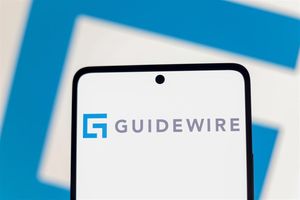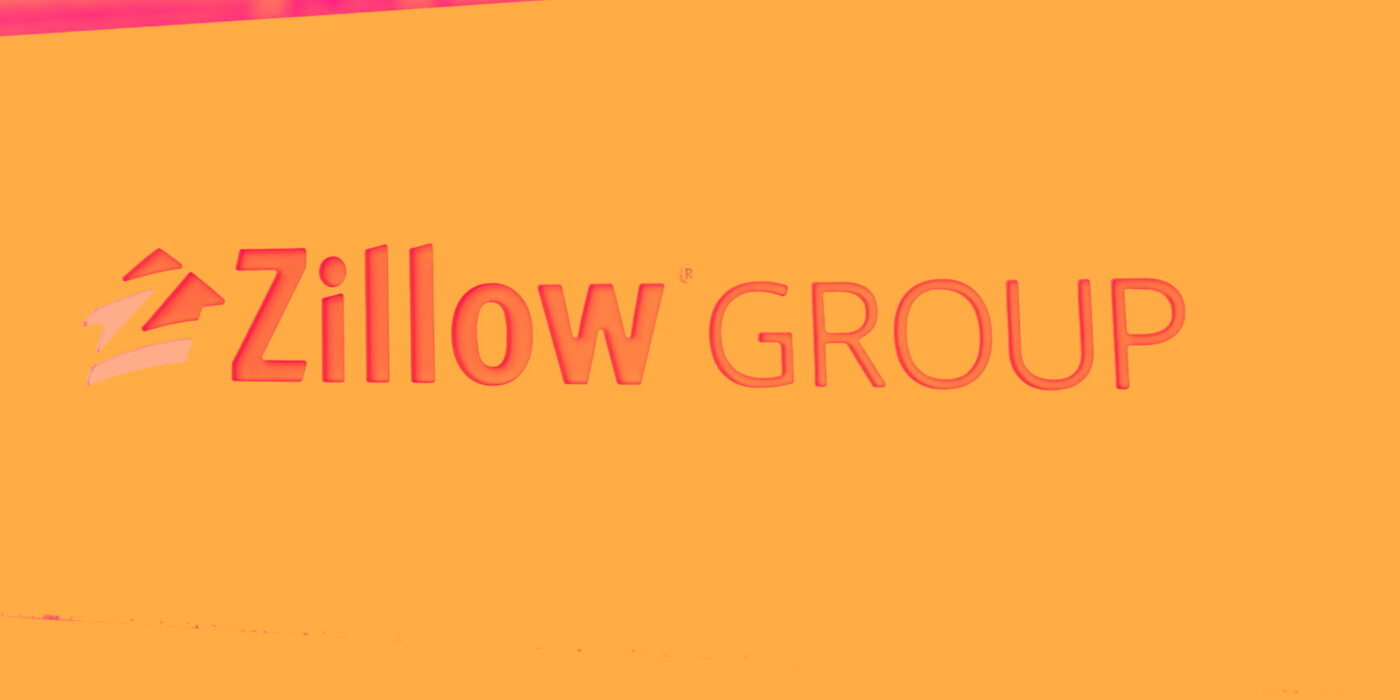
Online real estate marketplace Zillow (NASDAQ: ZG) reported Q4 CY2024 results exceeding the market’s revenue expectations, with sales up 16.9% year on year to $554 million. On the other hand, next quarter’s revenue guidance of $582.5 million was less impressive, coming in 2.9% below analysts’ estimates. Its non-GAAP profit of $0.27 per share was in line with analysts’ consensus estimates.
Is now the time to buy Zillow? Find out by accessing our full research report, it’s free.
Zillow (ZG) Q4 CY2024 Highlights:
- Revenue: $554 million vs analyst estimates of $547.6 million (16.9% year-on-year growth, 1.2% beat)
- Adjusted EPS: $0.27 vs analyst estimates of $0.27 (in line)
- Adjusted EBITDA: $112 million vs analyst estimates of $107.8 million (20.2% margin, 3.9% beat)
- Revenue Guidance for Q1 CY2025 is $582.5 million at the midpoint, below analyst estimates of $600.2 million
- EBITDA guidance for Q1 CY2025 is $132.5 million at the midpoint, below analyst estimates of $160.1 million
- Operating Margin: -12.5%, up from -22.2% in the same quarter last year
- Free Cash Flow Margin: 15.9%, up from 11% in the same quarter last year
- Market Capitalization: $20.38 billion
Company Overview
Founded by Expedia co-founders Lloyd Frink and Rich Barton, Zillow (NASDAQ: ZG) is the leading U.S. online real estate marketplace.
Real Estate Services
Technology has been a double-edged sword in real estate services. On the one hand, internet listings are effective at disseminating information far and wide, casting a wide net for buyers and sellers to increase the chances of transactions. On the other hand, digitization in the real estate market could potentially disintermediate key players like agents who use information asymmetries to their advantage.
Sales Growth
Reviewing a company’s long-term sales performance reveals insights into its quality. Any business can have short-term success, but a top-tier one grows for years. Over the last five years, Zillow’s demand was weak and its revenue declined by 4% per year. This was below our standards and is a sign of lacking business quality.
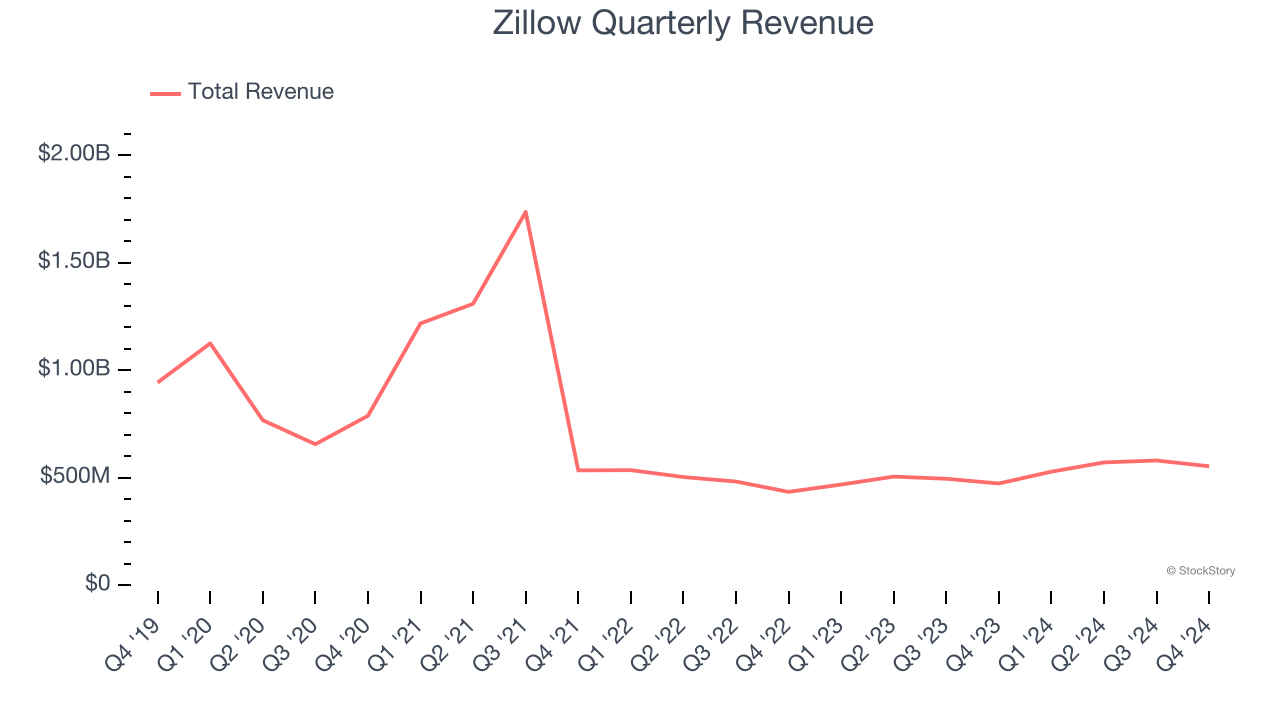
Long-term growth is the most important, but within consumer discretionary, product cycles are short and revenue can be hit-driven due to rapidly changing trends and consumer preferences. Zillow’s annualized revenue growth of 6.9% over the last two years is above its five-year trend, but we were still disappointed by the results. 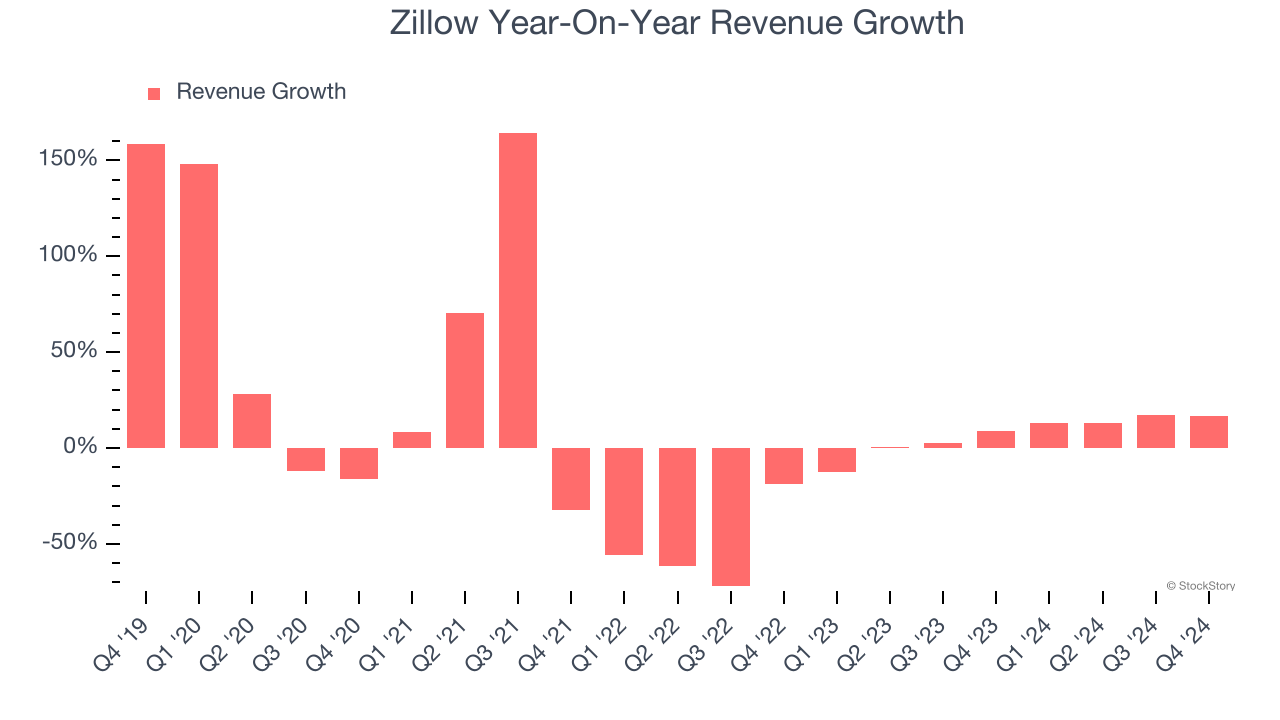
This quarter, Zillow reported year-on-year revenue growth of 16.9%, and its $554 million of revenue exceeded Wall Street’s estimates by 1.2%. Company management is currently guiding for a 10.1% year-on-year increase in sales next quarter.
Looking further ahead, sell-side analysts expect revenue to grow 14.3% over the next 12 months, an improvement versus the last two years. This projection is above average for the sector and suggests its newer products and services will catalyze better top-line performance.
Software is eating the world and there is virtually no industry left that has been untouched by it. That drives increasing demand for tools helping software developers do their jobs, whether it be monitoring critical cloud infrastructure, integrating audio and video functionality, or ensuring smooth content streaming. Click here to access a free report on our 3 favorite stocks to play this generational megatrend.
Cash Is King
Although earnings are undoubtedly valuable for assessing company performance, we believe cash is king because you can’t use accounting profits to pay the bills.
Zillow has shown decent cash profitability, giving it some flexibility to reinvest or return capital to investors. The company’s free cash flow margin averaged 12.1% over the last two years, slightly better than the broader consumer discretionary sector.
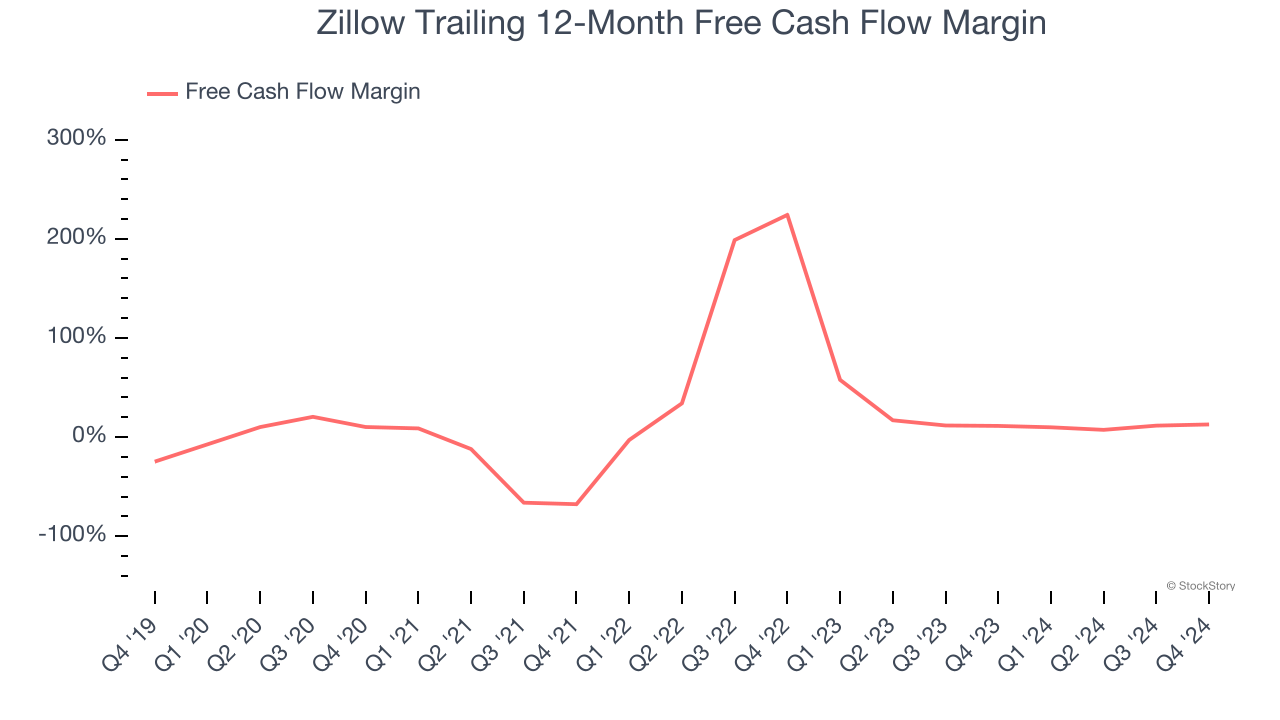
Zillow’s free cash flow clocked in at $88 million in Q4, equivalent to a 15.9% margin. This result was good as its margin was 4.9 percentage points higher than in the same quarter last year, but we wouldn’t read too much into the short term because investment needs can be seasonal, leading to temporary swings. Long-term trends carry greater meaning.
Over the next year, analysts predict Zillow’s cash conversion will improve. Their consensus estimates imply its free cash flow margin of 12.7% for the last 12 months will increase to 21.5%, it options for capital deployment (investments, share buybacks, etc.).
Key Takeaways from Zillow’s Q4 Results
It was encouraging to see Zillow beat analysts’ revenue and EBITDA expectations this quarter. However, its quarterly guidance for both metrics missed significantly. Overall, this quarter could have been better. The stock traded down 6.1% to $78.70 immediately following the results.
Zillow’s latest earnings report disappointed. One quarter doesn’t define a company’s quality, so let’s explore whether the stock is a buy at the current price. We think that the latest quarter is only one piece of the longer-term business quality puzzle. Quality, when combined with valuation, can help determine if the stock is a buy. We cover that in our actionable full research report which you can read here, it’s free.


